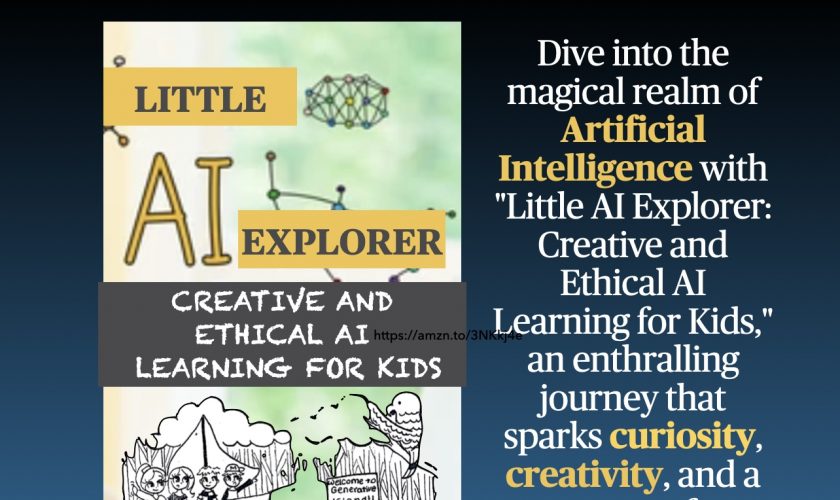How do you unveil the magic of Generative AI to everyone, irrespective of their technical know-how? How do you simplify the complexities of Generative AI, using everyday concepts and fun narratives? How do you amplify productivity with the art of prompt engineering? And how can you acquire this knowledge and start creating in the least time possible? The answer lies within ‘Generative AI Simplified: A Layman’s Guide to Generative AI.’
This immersive guide welcomes everyone into the enchanting world of Generative AI, using a language that’s easy to understand and full of relatable analogies. You don’t need to be a coder, an AI expert, or a tech enthusiast to embark on this journey. Buy the book at Amazon worldwide – https://amzn.to/3q38Q64
Through an engaging storytelling format filled with relatable analogies, the book brings Generative AI to life. It guides you interactively, enabling you to conjure digital art, weave stories, compose symphonies, and even forecast market trends. The book introduces the fascinating technique of prompt engineering, a creative tool that places the power of Generative AI in your hands, turning your inventive ideas into digital reality.
The book also ventures into the wide-ranging impact of Generative AI across various sectors, from healthcare to finance, education, marketing, and more. It takes a close look at the pivotal ethical considerations that accompany this technology, stimulating a much-needed conversation about responsible AI usage.
‘Generative AI Simplified: A Layman’s Guide to Generative AI’ is not just a book – it’s your passport to a world teeming with creative possibilities. It’s about nurturing creativity, championing innovation, and bringing your ideas to life. With this guide in your hands, you’re not just a spectator of the future – you’re an active contributor.
Dive into this exhilarating journey today. With ‘Generative AI Simplified: A Layman’s Guide to Generative AI’, learning and creating become an exciting part of the journey, not just the destination. Remember, your thrilling adventure into the realm of Generative AI is just beginning!











